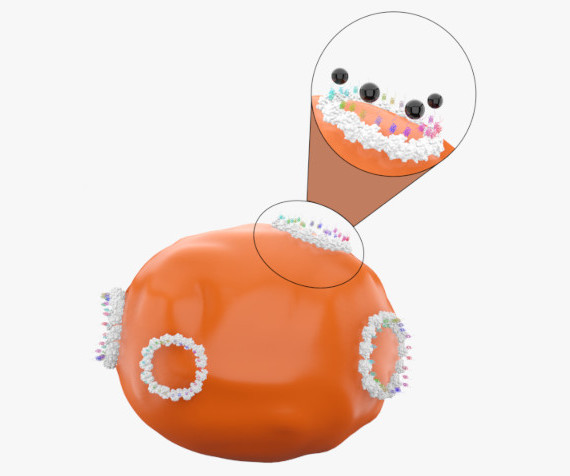
Effect of the singular cell age on Saccharomyces pastorianus ssp. carlsbergensis proliferation
The cumulative dissertation investigates yeast cell aging by using chitin-containing bud scars as surface markers to determine the age of individual cells within populations. By developing a protein linker and employing flow cytometry, bud scars could be non-invasively mapped and used for age-based separation within yeast cultures, allowing for more targeted analysis and control of the fermentation process. Additionally, the study explored the separation of yeast cell populations using magnetic nanoparticles, enabling selective separation and thereby more accurate observation of growth rates depending on cell age under various culture conditions.
Cellular variability as a driver for bioprocess innovation and optimization
Cellular heterogeneity plays a crucial role in biotechnology, impacting metabolic activity, product yield, and process stability. This review explores how factors like asymmetric division, aging, and environmental conditions contribute to functional diversity in microbial populations, particularly yeast. Novel detection and separation techniques, including surface marker-based and label-free approaches, help manage this variability. Emerging technologies such as real-time single-cell analysis and microfluidics offer promising solutions for optimizing industrial bioprocesses, enhancing yield, and ensuring product quality.

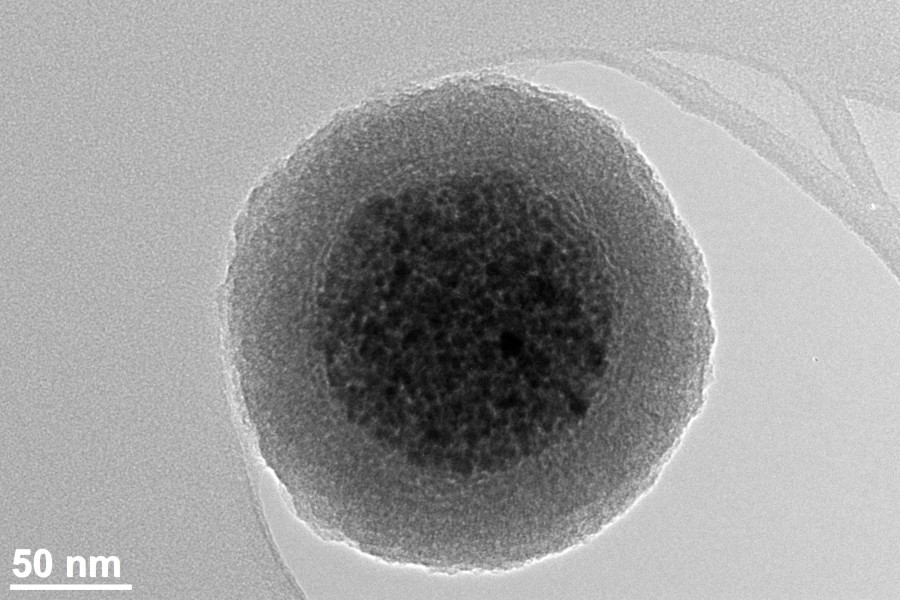
Exploring Multi-Parameter Effects on Iron Oxide Nanoparticle Synthesis by SAXS Analysis
This study shows how adjusting factors like temperature and mixing speed can make iron oxide nanoparticles just the right size for medical uses like MRI and drug delivery. We found that higher temperatures and specific stirring speeds significantly impact final particle size and particle growth, helping fine-tune their properties. These insights make it easier to create nanoparticles that work better in real-life medical settings.
Millifluidic magnetophoresis-based chip for age-specific fractionation: evaluating the impact of age on metabolomics and gene expression in yeast
This millifluidic approach enables age-based fractionation of S. pastorianus var. carlsbergensis yeast using magnetophoresis. The approach utilizes a 3D-printed millifluidic chip and is characterized by efficient cell interaction within a magnetic field. The pinch-shaped channel facilitates age differentiation through magnetically labeled bud scars. Metabolomic analyses revealed changes in amino acid levels and increased NAD+ concentrations, indicating metabolic shifts in aging cells. This method provides a high-throughput, non-invasive technique for age-specific cell fractionation of yeast, with potential applications in the food, beverage, and pharmaceutical industries.
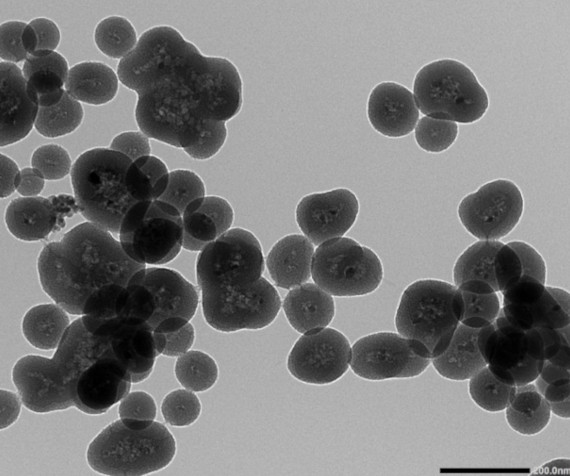
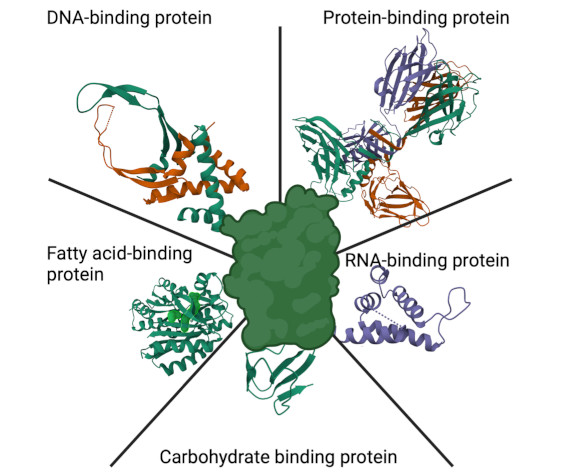
Role of Natural Binding Proteins in Therapy and Diagnostics
This review article systematically examines the critical role of natural binding proteins (NBPs), including DNA-, RNA-, carbohydrate-, fatty acid-, and chitin-binding proteins, in the fields of oncology and diagnostics. In an era where cancer poses significant challenges, NBPs and aptamers, known as “nucleic acid-based antibodies,” offer promising approaches to enhance cancer diagnosis and treatment through targeted therapies.
Quantification methods of determining brewer’s and pharmaceutical yeast cell viability: accuracy and impact of nanoparticles
For industrial processes, a fast, precise, and reliable method for determining the physiological state of yeast cells, particularly their viability (live-dead ratio), is essential. This physiological state significantly influences the process dynamics and fermentation rate. However, in basic research, magnetic nanoparticles (MNPs) are increasingly being used to manipulate yeast cells, but their impact on the viability of yeast cells and the assay itself remains unclear. Furthermore, the effect of these particles on yeast cells is a subject of considerable debate in the literature.
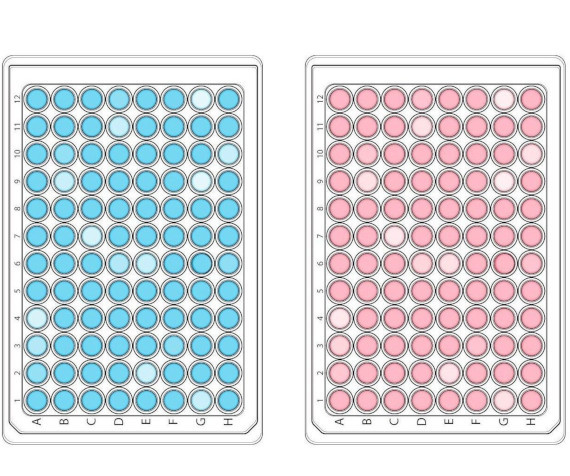

Studying the impact of cell age on the yeast growth behaviour of Saccharomyces pastorianus var. carlsbergensis by magnetic separation
Despite yeast being a widely used microorganism in the food, beverage, and pharmaceutical industries, the impact of cell viability and age distribution on fermentation performance remains largely unexplored. To enable a detailed analysis of metabolic activity and physiological state, we have developed a method of magnetic separation to isolate daughter and mother cells from a heterogeneous culture, allowing them to be studied separately.
Understanding the impact of industrial stress conditions on replicative aging in Saccharomyces cerevisiae
In yeast, aging is generally understood as a decline in physiological function and a reduced ability to adapt to environmental changes. Saccharomyces cerevisiae has become an important model organism for studying these processes. This yeast is used in industrial processes, such as beer and wine production, but in these settings, the cells are exposed to various stress conditions that affect their intracellular aging processes, which in turn influence the fermentation process itself. This review article provides a summary of these stress factors on fermentation performance and presents approaches for in-depth analysis of these effects.

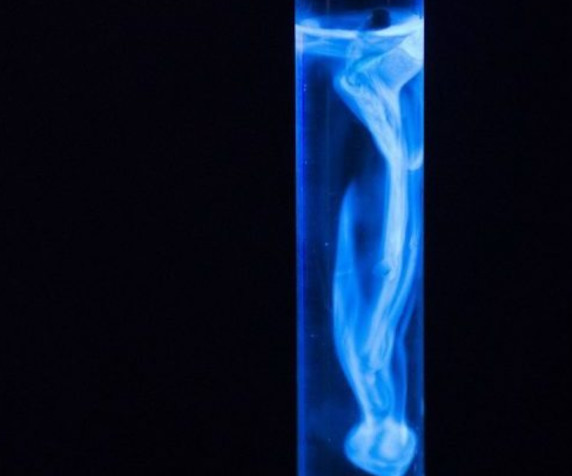
Recombinant protein linker production as a basis for non-invasive determination of single-cell yeast age in heterogeneous yeast populations
The physiological and metabolic properties of a yeast culture can be understood as the sum of individual cell phenotypes. In addition to environmental conditions, genetics, and the number of cell divisions, cell age is a crucial factor influencing cell characteristics. After the cytokinesis of yeast cells, a bud scar remains on the mother cell, serving as a measure of replicative lifespan and thus a quantifiable indicator of cell age, characterized by significant amounts of chitin. We have developed a binding method to visualize these bud scars in Saccharomyces pastorianus var. carlsbergensis and have further characterized this method.
Autofluorescence prediction model for fluorescence unmixing and age determination
Flow cytometry is a powerful tool for identifying and quantifying various cell markers, such as viability, vitality, and individual cell age, on a single-cell basis. However, cell autofluorescence and fluorophore signals overlap at low fluorescence intensities. To address this issue, we compared different approaches for signal unmixing to enable accurate correlation between fluorescence intensity and age distribution in a yeast population.

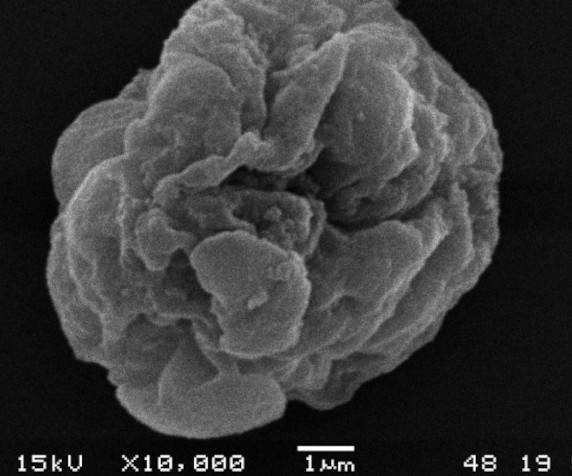
Upcycling of brewer’s yeast – Application as material for encapsulating unstable liquid ingredients in the food industry
Encapsulation refers to the process of coating an active substance with an appropriate wall material to protect it from external influences. Yeast cell walls are considered ideal for encapsulation due to their flexible protein structure combined with a rigid polysaccharide component. Additionally, they are cost-effective and readily available—two advantages that make yeast cells a suitable material for encapsulation. However, since yeast cells used in the brewing process retain a bitter taste from the adsorption of iso-α-acids, it is important to purify brewing yeast before its potential use as an encapsulation material.
Magnetic Separation in Bioprocessing Beyond the Analytical Scale: From Biotechnology to the Food Industry
Downstream processing requires more innovative ideas to advance and overcome the current challenges in biopurification and bioprocessing. Chromatography is by far the most widely used technique employed by a conservative industrial sector. While chromatography offers many advantages, it is often the most expensive step in a pharmaceutical production process. Therefore, alternative methods and advanced processing strategies are urgently needed. A promising candidate for large-scale innovations is magnetic separation, which enables the rapid and direct capture of target molecules in fermentation broths.
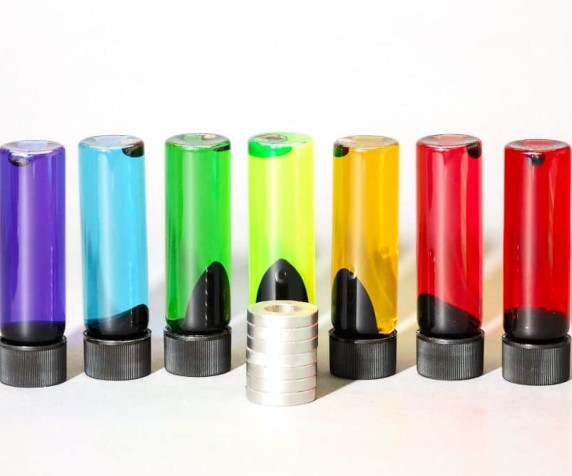
2024
Innovative scalable techniques for yeast age fractionation
ÖGMBT Annual Meeting, Graz
2024
Investigating the influence of aging on metabolome and gene expression in Saccharomyces yeast
35th VH Yeast Conference, Berlin
2024
Die industrielle Relevanz des Zellalters: Auswirkungen auf Wachstum, Stoffwechsel und Genaktivität von Bierhefe
56. Technologisches Seminar, Weihenstephan
2023
Increasing yeast cells’ metabolite formation by separation according to their cell age
34th VH Yeast Conference, Wien
2023
Age-Dependent Analysis of Recombinant Protein Synthesis by Magnetic Separation
11th International Congress Nanotechnology in Medicine & Biology, Graz
2023
Hefen unter Leistungsdruck – Altersspezifische Unterschiede bei Saccharomyces-Hefe
55. Technologisches Seminar, Weihenstephan
2022
Hefevitalität – Eine Frage des Alters?
54. Technologisches Seminar, Weihenstephan
2020
Age of the yeast – Heterologous protein linker as a basis for age determination in heterogeneous yeast cultures
World Brewing Congress Connect, Minneapolis
2020
Impact of stress conditions on age related population dynamics
1. VH Online Yeast Conference, Berlin
2020
Wie alt ist meine Hefe? – Die Fraktionierung singulärer Zellen zur Neubeurteilung der Bierhefe
53. Technologisches Seminar, Weihenstephan
2019
Hefevitalität – Die Plasmamembran als der Indikator der Zellvitalität
52. Technologisches Seminar, Weihenstephan
2018
Upcycling of cropped brewer’s yeast – production of functional cell wall fragments
31. VH Yeast Conference, Löwen
Brauwelt (2024)
Altersabhängige Sortierung von Saccharomyces mit millifluidischen Systemen
Eigenfeld, M.; Schwaminger, S.P.; Kerpes, R.; Becker, T.
Brauwelt (2024)
Bewertung der Messmethoden für die Viabilitätsbestimmung von Hefe
Eigenfeld, M.; Wittmann, L.; Schwaminger, S.P.; Kerpes, R.; Becker, T.
Brauwelt (2021)
Functional Foods mit Mikrokapseln aus Gelägerhefen
Eigenfeld, M.; Kerpes, R.; Becker, T.
Weihenstephaner (2020)
Probiotische Hefe? – Neue Ansätze zur Hefeverwertung in der Mikroverkapselung
Eigenfeld, M.; Kerpes, R.; Becker, T.
Brauwelt (2019)
Fluide oder Rigide – Einfluss von Stress auf die Plasmamembran der Hefe
Eigenfeld, M.; Kerpes, R.; Becker, T.
Brauwelt (2018)
Stress macht Falten – Auch bei Hefen?
Eigenfeld, M.; Kerpes, R.; Becker, T.

